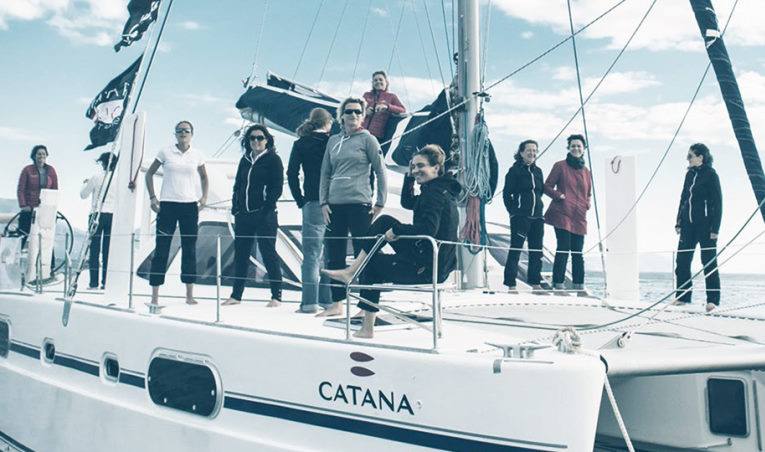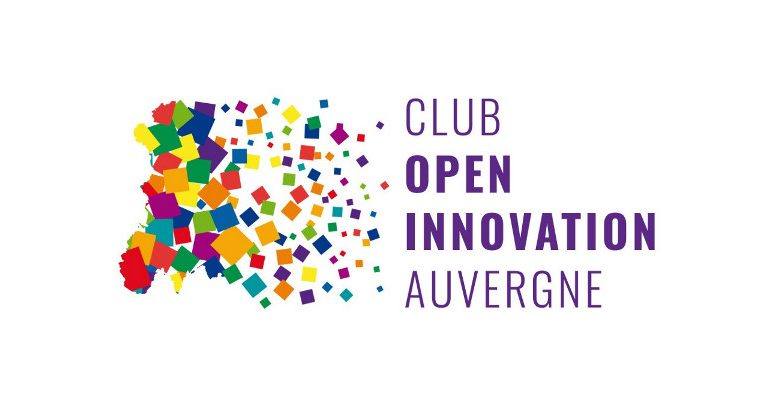In an environment where customer needs and market conditions are constantly changing, any apparently solid business is potentially destined to become loss-making. At a time when customers, suppliers and employees live in immediacy, any product or service is threatened with obsolescence. Without vigilance, a profitable business becomes a losing business. Sooner or later you wake up in panic mode. A crisis has to be managed.
Most often we look for a single cause: a person who was responsible but who has left, a technical solution that does not work, a product that has aged badly, a really difficult customer… But all seasoned managers recognize that a crisis situation never has one single cause, and poor financial results are always the result of a complex equation with multiple variables, contractual commitments, customers, organization, or team functioning.
Carver Group, for example, is a textbook case. A mid-sized industrial company well-established in a niche market, it was losing money on a flagship project deploying an innovative technical solution to a strategic customer. The managers saw only one cause for the difficulties: the technical defects of the solution sold. However, an evaluation of the various key performance factors, a detailed operational analysis and an objective assessment of the commercial strategy showed that the economic turnaround required a complete overhaul of the entire value chain: contract, tools & processes, organization, customer interface. The company did not know how to tackle the complexity of the problem and was lacking resources at a time of high market tension. It called on outside help.
For the time when companies carried out their turnaround operations themselves is long gone. And long gone too is the “mergers-acquisitions” solution where a distressed entity was sold at a discount to buy a competitor that was thought to be stronger at a high price while shrinking the organization to finance the transaction. The need today is to systematically turn to the external market to seek the means and skills to act in a crisis situation. Numerous formulas can be developed: interim management, recruitment on short contracts, temporary staff, consulting, etc.
But solutions are still rare that combine strategic thinking, operational support, business added value and change management. Conventional consulting firms may lack operational know-how, transition managers may sometimes appear isolated, and the interim offer may sometimes lack strategic substance. The future belongs to associations of independent experts, to the grouping of experienced professionals who have the capacity, together, to address through one combined service offer the various attributes of effective support.
These new types of organization are developing because they respond to a need. Functioning that is both free and agile, coaching methods in real community with the client, behavior balanced between sound reflection and a passion for success, cultural alertness that allows for perpetual adaptation, all these characteristics are today necessary for the full satisfaction of increasingly demanding clients.




